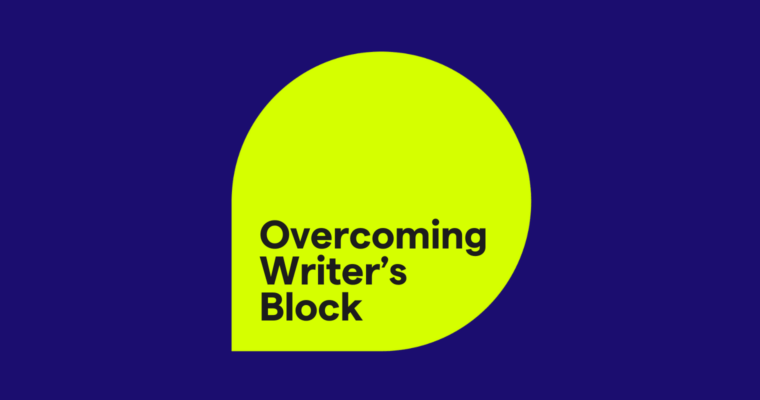
No matter how well you write, no matter how carefully you proofread, your article or story can’t live up to its potential if it’s not well organized.
We all know someone who can’t tell a joke without doubling back to include some missing element that’s critical to the punchline. This happens to the best of us, but it happens less when we take a moment to organize a story in our heads before telling it.
If organizing your thoughts is essential to being known as a superb raconteur, it’s as important in written communication.
Why is organization important in writing?
When you’re preparing longform text, your goal is to make that text as easy for your reader to absorb as possible. If the reader has to double back to make sense of your article, or if it’s presented in a babbling stream of consciousness from which the reader must fish for your main points, your article will have less impact.
Fifty-five percent of visitors will read an article for 15 seconds or less before moving on. Obvious organization will make your post more skimmable, and that’s a good thing! A reader is more likely to stick around when a quick scan reveals that the information in your article is relevant.
Headings with relevant keywords can also help Google recognize critical topics in longer posts, which is better for SEO. That’s especially important if you’re writing a blog post or any other piece of content that relies on search engine traffic.
Four Great Ways to Organize Your Article
Before you begin writing, think about how you’ll structure your article or post. (Consider an outline.) What’s the clearest way to present your information? Think of yourself as a sherpa—it’s your job to guide your reader through the content. Here are four excellent ways to organize.
1 Chronologically
Developing news stories, features, human interest pieces, and anything with a historical angle can benefit from being written in chronological order, where your story moves from the earliest historical event forward. Chronological organization is also useful when you want to show the evolution of something, like the progress your company has made over the past five years or the way music has changed over the past century.
READ: 3 Ways to Master the Power of Empathy in Your Writing
2 In Order of Importance
Journalists use the inverted pyramid technique, which puts the most critical elements of a story first and then adds supporting facts and details in order of importance. The article begins with the most newsworthy information (who, what, when, where, why, and how), builds on that with essential details, and concludes with general or background info. It works well when you’re writing a press release or presenting news.
READ: 5 Writing Goals You Can Set Right Now
3 Problem/Solution
Often, we go in search of an article because we’re trying to solve a problem. If the purpose of your writing is to answer specific questions for your reader, consider briefly describing each problem and then presenting your solution.
4 Numbered List
Often known as a “listicle,” numbered lists are a popular type of content. (Check out this section’s header and structure—voila!) Our brains love lists, and media outlets like BuzzFeed and its contemporaries have capitalized on their tendency to draw us in and hold our attention. If it works for your article, using a numbered list can make for easy, skimmable structure.
We found that five times as many mistakes are made on #mobile vs. on PC.
Find out how to fix them: https://t.co/fumz9MUQB9
— Grammarly (@Grammarly) April 4, 2018
Organization Tips
Aside from making your article more readable, organization can make it more attractive. When a reader comes to your page and finds a visually appealing post, she’s more likely to stick around and read what you have to say about your subject.
Section headers will likely be the first things your visitor will read, so make them descriptive. Don’t forget to include relevant keywords for better SEO impact.
Easy-reading elements like bulleted or numbered lists will also send a message to the visitor that your content is easy to digest. Like it or not, our online attention spans are short, and a quick and easy bulleted list can win out over densely packed paragraphs. Summarize in digestible bites whenever that format works for your article.
Don’t forget to include things like images, pull quotes, and other supporting media. These elements bring an article to life and prevent it from looking like a wall of text.
That said, know your audience. Short and sweet isn’t always the way to go. Longform writing is gaining popularity, and things like personal essays work well with this format. But whatever approach you choose, pick a structure that makes logical sense and connects with your reader.
![]()






